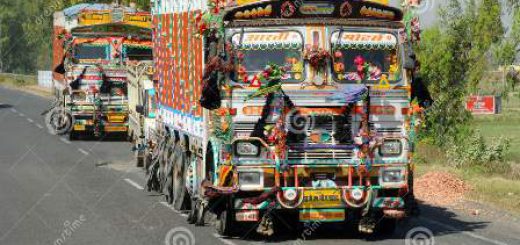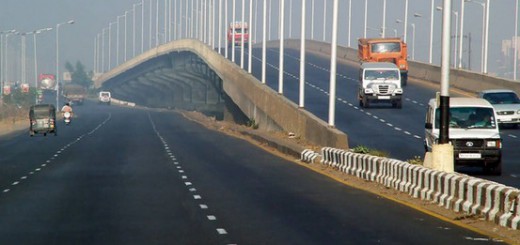IoT in Logistics is at the top of the list of technological developments.
The Internet of Things (IoT) refers to a network of interconnected physical objects that operate in sync and can communicate through the internet. These objects, which include small devices, sensors, machinery, cameras, and more, serve various operational functions and can transmit information and data via internet connectivity.
Forecasts from experts anticipate that the worldwide expenditure on Internet of Things (IoT) technologies will achieve $1.2 trillion by 2022, with a compound annual growth rate (CAGR) of 13.6%. The primary sectors expected to embrace IoT extensively are transportation and industry. An analysis from market research suggests that the IoT is projected to exceed $100 billion in the global logistics industry by 2030, exhibiting a CAGR of 13.2%.
The modern age of logistics has made it critical for supply chains to be smarter and more efficient. Logistics industry innovation has transformed supply chain operations in terms of time and cost. Certain characteristics have become necessary for constructing a better-prepared and resilient logistic network. These are a few examples:

Transparency in operations
- Measuring and controlling operational costs
- Resource optimisation
- Connectivity
- Rethinking established business practices has become essential. Artificial intelligence, machine learning, blockchain, digital twins, virtual reality, augmented reality, and network architecture are some of the underlying technical breakthroughs that have made the supply chain shift unavoidable.Rethinking established business practices has become essential. Artificial intelligence, machine learning, blockchain, digital twins, virtual reality, augmented reality, and network architecture are some of the underlying technical breakthroughs that have made the supply chain shift unavoidable.
- Shipment tracking
GPS trackers and RFID tags aid in tracing shipments from the warehouse to the customer’s door. Delivery agents can also get tracked thanks to the connected phone devices.IoT-powered gadgets can monitor the environment. These connected devices can be then used to track not just the delivery locations, but also the weather conditions along the route, which can aid in the planning of temperature-sensitive product deliveries.
Preparation in advance
IoT can provide valuable data in terms of operational operations such as inventory movement, delivery time, amount of product left, and so on. This can provide crucial insights on the efficiency of processes at all levels. This data can be further used to evaluate and modify operations to better use resources.
visit us – www.trucksuvidha.com




Recent Comments